
Chronic and Prolonged Grief are two labels for grief that lasts over an extended period of time. The people so identified continue to suffer through their grieving experience for years without ever effectively moving through the grieving process.
For some, it is related to a single, heavily impacting loss. This may be the death of an important figure in their lives. For others, it might be due to the loss of everything familiar, due to a war, fire or natural disaster.
Simon Olshansky, a counselor who worked with parents of developmentally disabled children, coined the term “chronic sorrow,” in 1962, to describe the extended and ongoing grief they experienced. In this situation, the grief continues for these parents whose original dreams of “the perfect child” are dashed by the reality of the ongoing issues they face. This is not meant to say that these parents cannot have a wonderfully fulfilling relationship with their child, but rather to recognize that is not the relationship they had originally planned or expected.
Whatever the cause, the net effect is that people identified with these issues of grief tend to suffer them over an extended period of time. In some cases, left without treatment, they may suffer this emotional pain for the rest of their lives.

Just because a person continues to feel that pain does not mean that they must suffer forever. As with any form of grief, the key to moving beyond that emotional pain is in the willingness of the griever to accept that they are, indeed, grieving a loss and a committed desire to take grief recovery action. Taking this action does not mean that they are trying to discount the impact of the loss. For those dealing with a death, it means that they see the need to deal with the pain so that they can once again enjoy any fond memories of the relationship. For those dealing with the loss of all things familiar, it is recognition that they do not wish to continue letting a single disastrous event have power over their lives. In the situation of those parents who have a developmentally disabled child, it is about dealing with the loss of a dream, so that they may better face and emotionally invest in the ongoing commitment to being the best advocate and parent to their child.
It is not uncommon that these people have, at one time or another, attempted to deal with their emotional pain by trying to work through “the stages of grief,” as described by Elisabeth Kübler-Ross. A well-meaning friend or counselor may have suggested this concept to them. As we have pointed out in past articles, Kübler-Ross defined these “phases” as those experienced by a person dealing with the diagnosis of a terminal illness, and not as stages faced by someone who has faced a significant emotional loss. This misconception of their intended purpose has frustrated many grievers who felt that failure to progress through them could leave them forever in misery.
A far better approach to moving beyond the power of this emotional pain is to follow an action plan designed specifically grievers. That is the design of The Grief Recovery Method. This approach is focused on dealing with the unmet dreams and expectation of a future that is different than what had been expected. It is about addressing those things grievers might have wished had been different or better in that relationship lost. It offers an effective way to say “goodbye” to that which has been lost, to make it possible to face the future with a new perspective.

This action plan is spelled out in a step-by-step manner in “The Grief Recovery Handbook.” The authors deal with grief, not as an intellectual problem, but rather as the emotional pain of a broken heart. This is not a text book! It is a guided journey through the necessary actions a griever must to take to deal with all of things that need to be addressed. The authors walk each griever through this process, hand-in-hand, to help them on their journey. This may sound too good to be true, but I can speak from personal experience in using this method that it works!
You can use this book on your own, working with a trusted friend, or you can work through the grief process in a grief support group situation. There are Certified Grief Recovery Specialists around the world who focus on working with grievers in group settings. Many also provide assistance one-on-one.
Life is far too short to allow chronic grief or prolonged grief strip you from the opportunity to enjoy it. You can move from being a victim to being someone who survives and thrives despite his or her circumstances. There are many wonderful moments available to people beyond their emotional painful events. Dealing with your losses makes facing each new day and challenge a less overwhelming possibility!
If you found this article helpful, we suggest you also consider reading:
The Best Grief Definition You Will Find
The Myth That Time Heals All Wounds
10 Things You Need To Know About The Grieving Process
You can also search our Grief Blog for articles or subscribe our free blog to receive new articles as they are published.












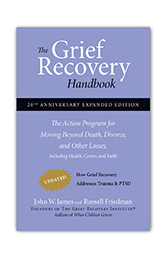
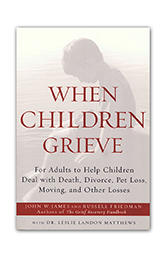
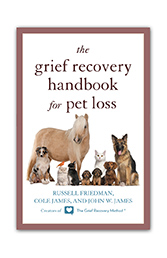
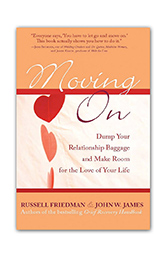
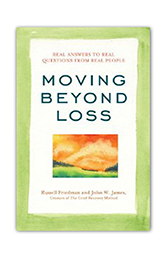
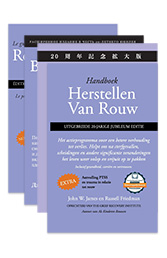




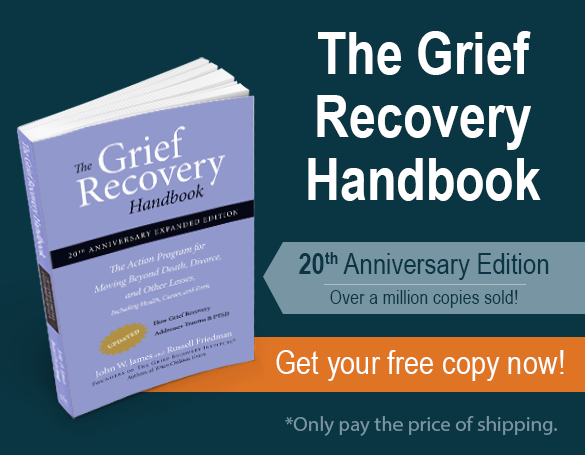
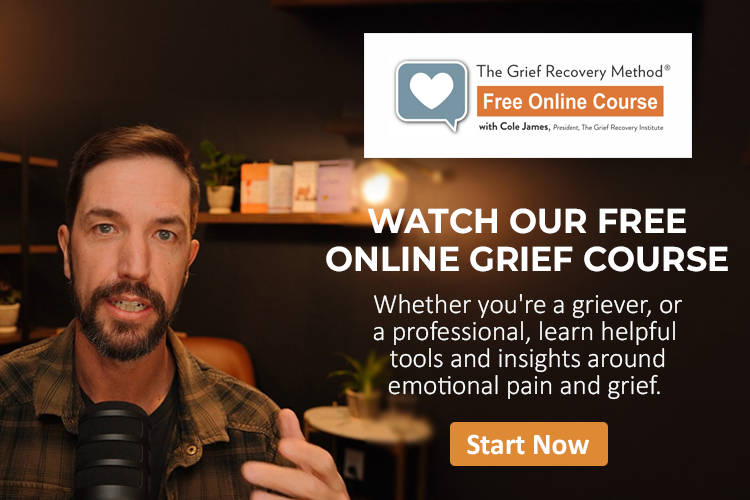
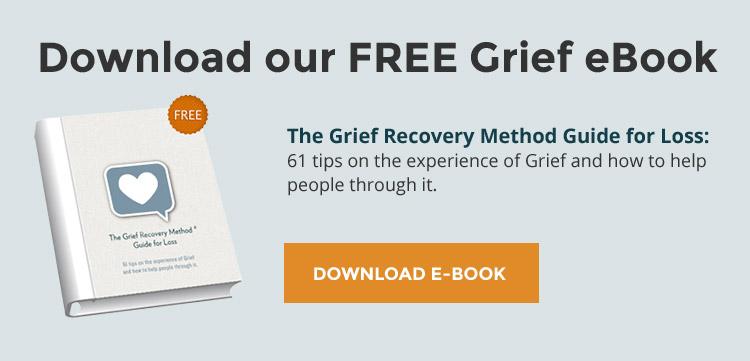
Add new comment